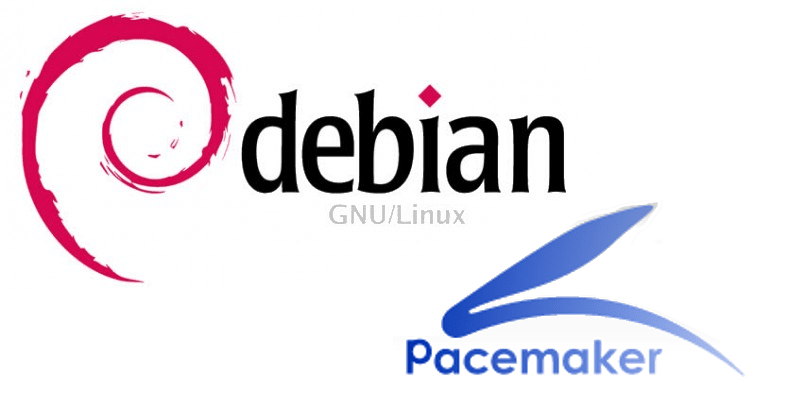I won't invent anything new here but I'll share a quick improvement on an answer I've found on Stack Overflow.
If you are doing batch actions and don't want to write in .mylogin.cnf file, there's the trick: use a process substitution!
$ mysqldump --defaults-extra-file=<(printf "[client]\nhost = host.rds.amazonaws.com\nuser = username\npassword = \$PassW0rd\$") \
database > dump.sqlThis also works for any other file input, like Docker env file run param:
What is the fastest way to inject #envvars into a #Docker container?
docker run --env-file <(env) alpine env
The previous command will mirror your host


